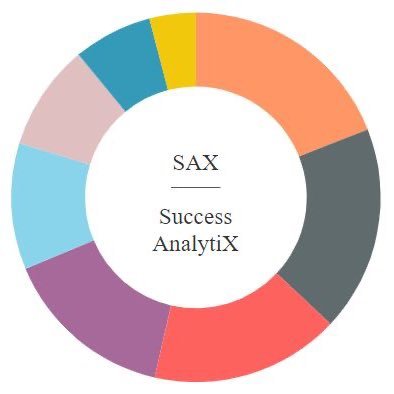Types of Verbs:
-
Action Verbs: These describe physical or mental actions.
- Physical: run, jump, eat, write, build (Example: The dog runs across the yard.)
- Mental: think, believe, remember, imagine, understand (Example: I believe in you.)
-
Linking Verbs: These connect the subject of a sentence to a word or phrase that describes or identifies the subject. They don't express action themselves. Common linking verbs include:
- be (am, is, are, was, were, been, being)
- become, seem, appear, feel, look, taste, smell, sound, remain, stay
(Example: The sky is blue. "Is" links "sky" to the description "blue.") (Example: The soup tastes delicious. "Tastes" links "soup" to the description "delicious.")
-
Auxiliary Verbs (Helping Verbs): These verbs help the main verb express tense, mood, or voice. Common auxiliary verbs include:
- be (am, is, are, was, were, been, being)
- have (has, have, had)
- do (does, do, did)
- Modal verbs: can, could, will, would, shall, should, may, might, must
(Example: I am writing a letter.* "Am" helps the main verb "writing.") (Example: She has finished her work.* "Has" helps the main verb "finished.") (Example: They will go to the party.* "Will" helps the main verb "go.")
Verb Tenses:
Verbs change form to show when an action takes place. Here are the basic tenses:
- Present: Describes actions happening now or habitual actions. (Example: I eat breakfast every morning.)
- Past: Describes actions that happened in the past. (Example: I ate breakfast this morning.)
- Future: Describes actions that will happen in the future. (Example: I will eat breakfast tomorrow.)
There are also more complex tenses, such as:
- Present Continuous: Describes actions happening at this moment. (Example: I am eating breakfast right now.)
- Past Continuous: Describes actions happening over a period in the past. (Example: I was eating breakfast when the phone rang.)
- Present Perfect: Describes actions that started in the past and continue to the present or have a present result. (Example: I have eaten breakfast today.)
Verb Forms:
- Base Form: The simplest form of the verb (e.g., eat, run, be).
- -s Form: Used for third-person singular in the present tense (e.g., eats, runs, is).
- Past Simple: Used for actions completed in the past (e.g., ate, ran, was/were).
- Past Participle: Used with auxiliary verbs to form perfect tenses (e.g., eaten, run, been).
- -ing Form (Present Participle): Used in continuous tenses (e.g., eating, running, being).
Regular and Irregular Verbs:
- Regular Verbs: Form their past simple and past participle by adding -ed (e.g., walk - walked - walked).
- Irregular Verbs: Have different past simple and past participle forms that must be memorized (e.g., eat - ate - eaten, go - went - gone).
Subject-Verb Agreement:
The verb must agree with its subject in number (singular or plural).
- Singular subject + singular verb (Example: He runs.)
- Plural subject + plural verb (Example: They run.)




No comments:
Post a Comment